Complete Guide to Pub/Sub in Redis
Analytics Vidhya
MARCH 31, 2023
Introduction Publish and Subscribe is a messaging mechanism having one or a set of senders sending messages and one or a group of receivers receiving these messages. These senders are called Publishers, responsible for publishing these messages, and the receivers are called Subscribers who subscribe to these Publishers to receive their notifications.

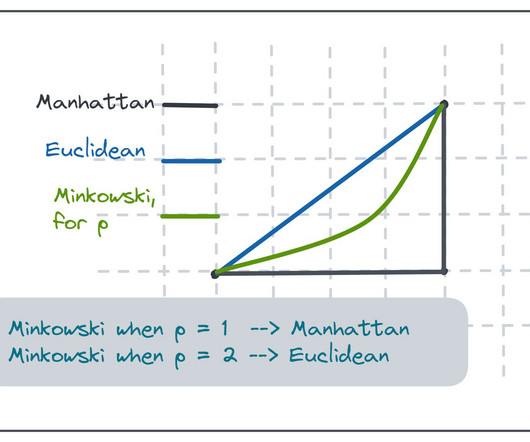

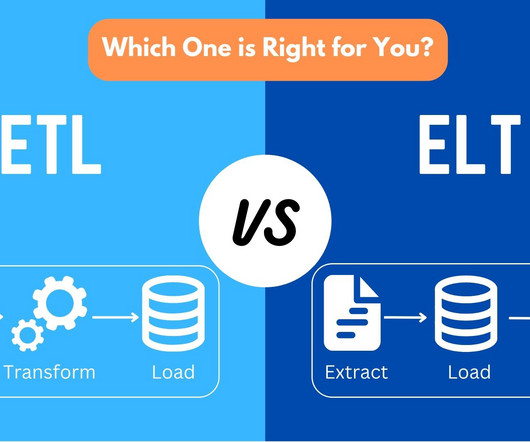


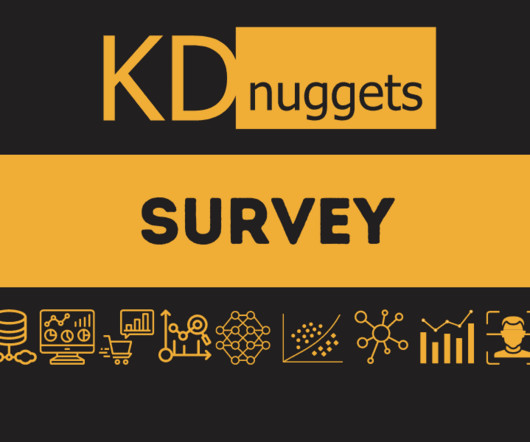
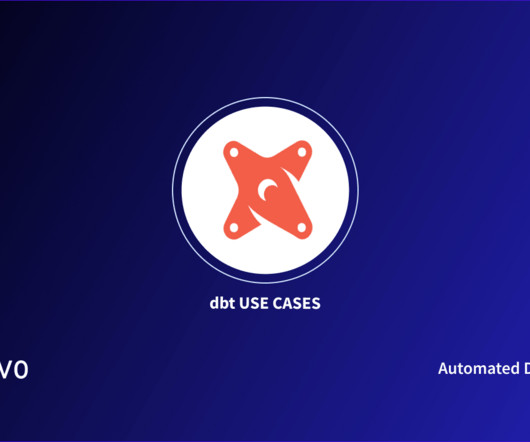
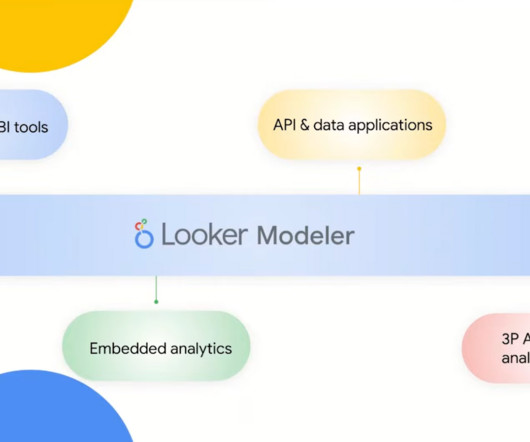
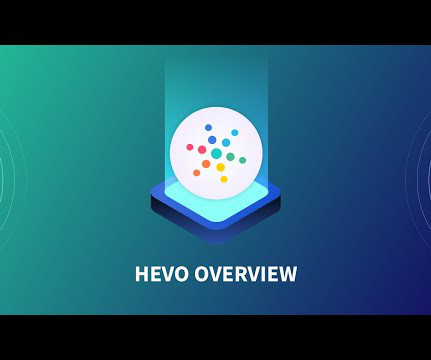
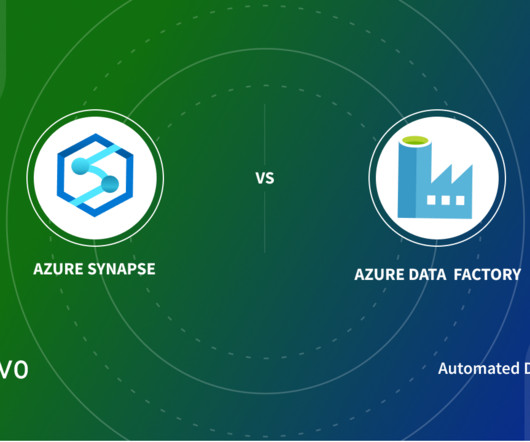
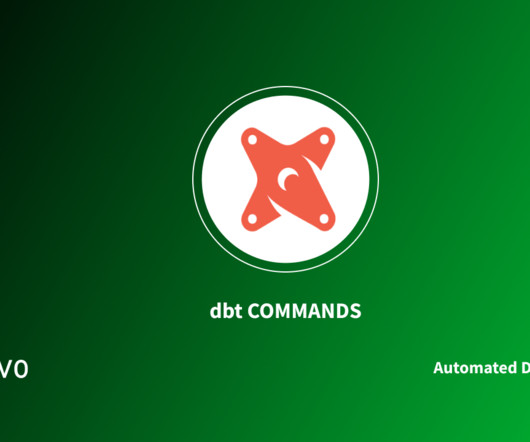







Let's personalize your content